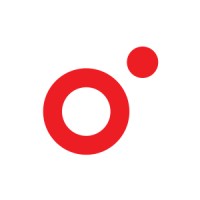
Ooredoo Group
We are an award-winning international communications company operating across the Middle East, North Africa and Southeast Asia. Serving consumers and businesses in 10 countries, we deliver a leading data experience through a broad range of content and services via our advanced, data-centric mobile and fixed networks. With a customer base of more than 138 million people, we work hard to provide the best customer and network experience we can. We believe in the power of mobile technology to bring about social and economic progress.






